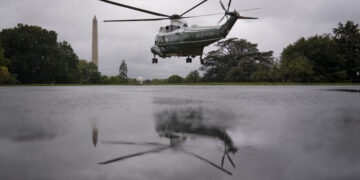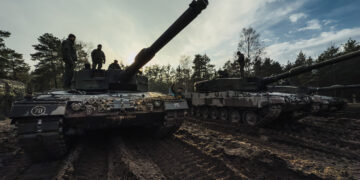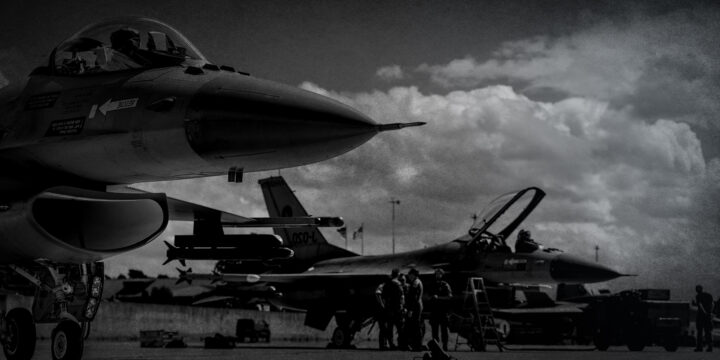July 2, 2024
Trump’s plan for NATO is emerging
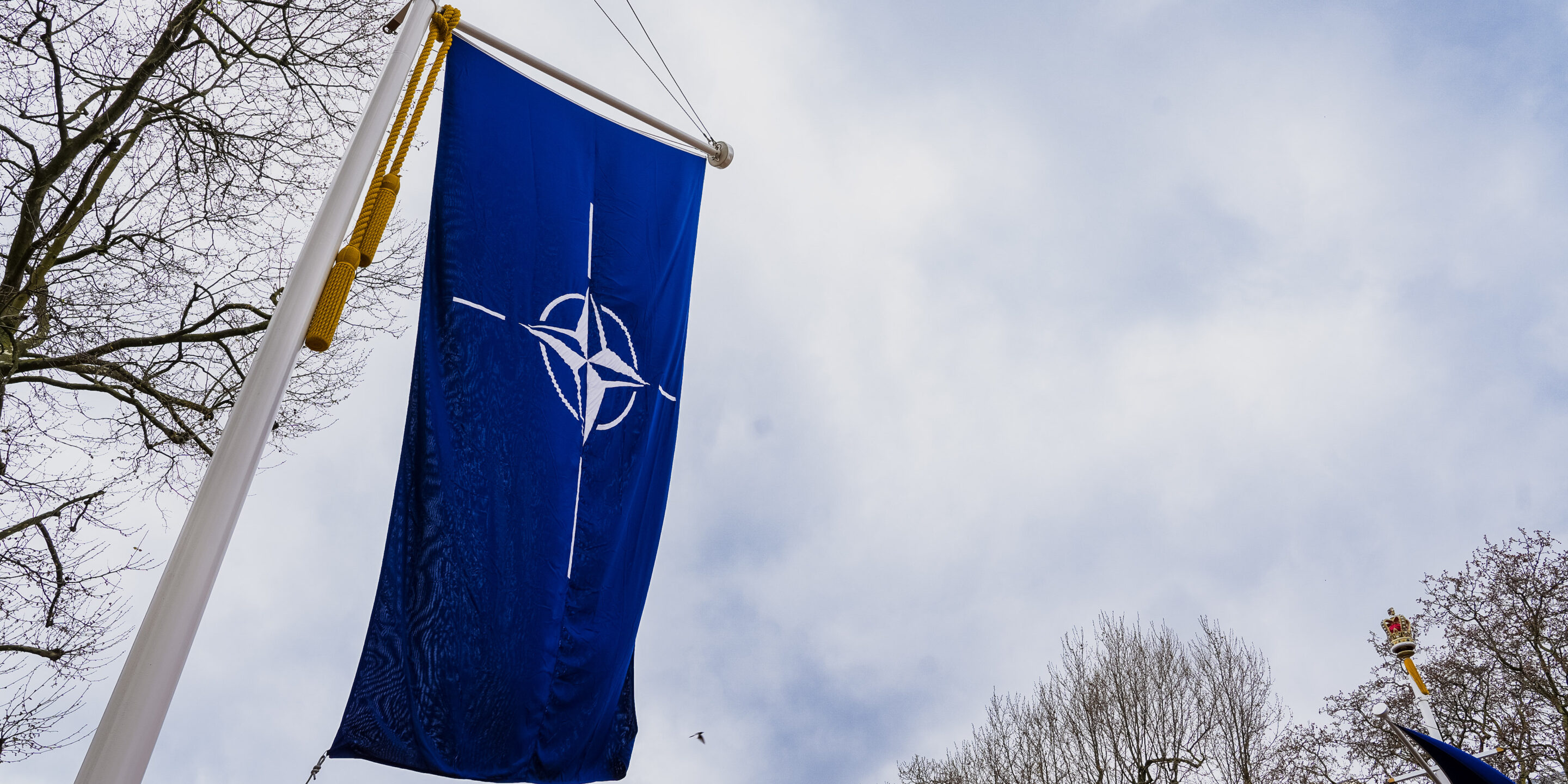
In return for continued U.S. participation, Trump would not only expect that European countries drastically increase their spending on NATO — his main complaint when he was president — but also undertake what one defense expert familiar with the thinking inside Trump’s national-security advisory circle, Dan Caldwell, describes as a “radical reorientation” of NATO.
“We don’t really have a choice anymore,” Caldwell told POLITICO Magazine, citing rising U.S. debt, flagging military recruiting, and a defense industrial base that can’t keep up with the challenge from both Russia and China.
The shift they envision would involve “significantly and substantially downsizing America’s security role — stepping back instead of being the primary provider of combat power in Europe, somebody who provides support only in times of crisis,” said Caldwell, who recently served as a senior advisor to Russell Vought, the former senior Trump administration official who in May was named policy director for the Republican National Convention and who is expected to play a senior role in a second Trump administration. Vought is also president of the CRA.
Critics in the Trump camp say the Europeans need to develop cross-border defense industries rather than national ones to increase efficiency and capacity and deliver on a still-unfulfilled pledge to vastly expand NATO’s quick-response force from 40,000 to some 300,000 troops. But with the exception of some countries like Poland, many European governments remain “borderline delusional” about what is required, says Caldwell.
More on Europe
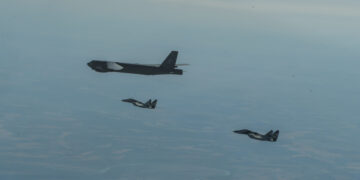
Featuring Daniel Davis
November 3, 2025

Featuring Jennifer Kavanagh
October 29, 2025
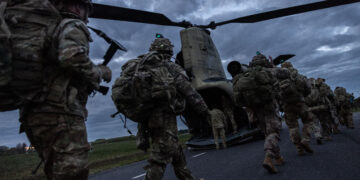
Featuring Jennifer Kavanagh and Daniel DePetris
October 29, 2025

Featuring Jennifer Kavanagh
October 24, 2025
Events on NATO


